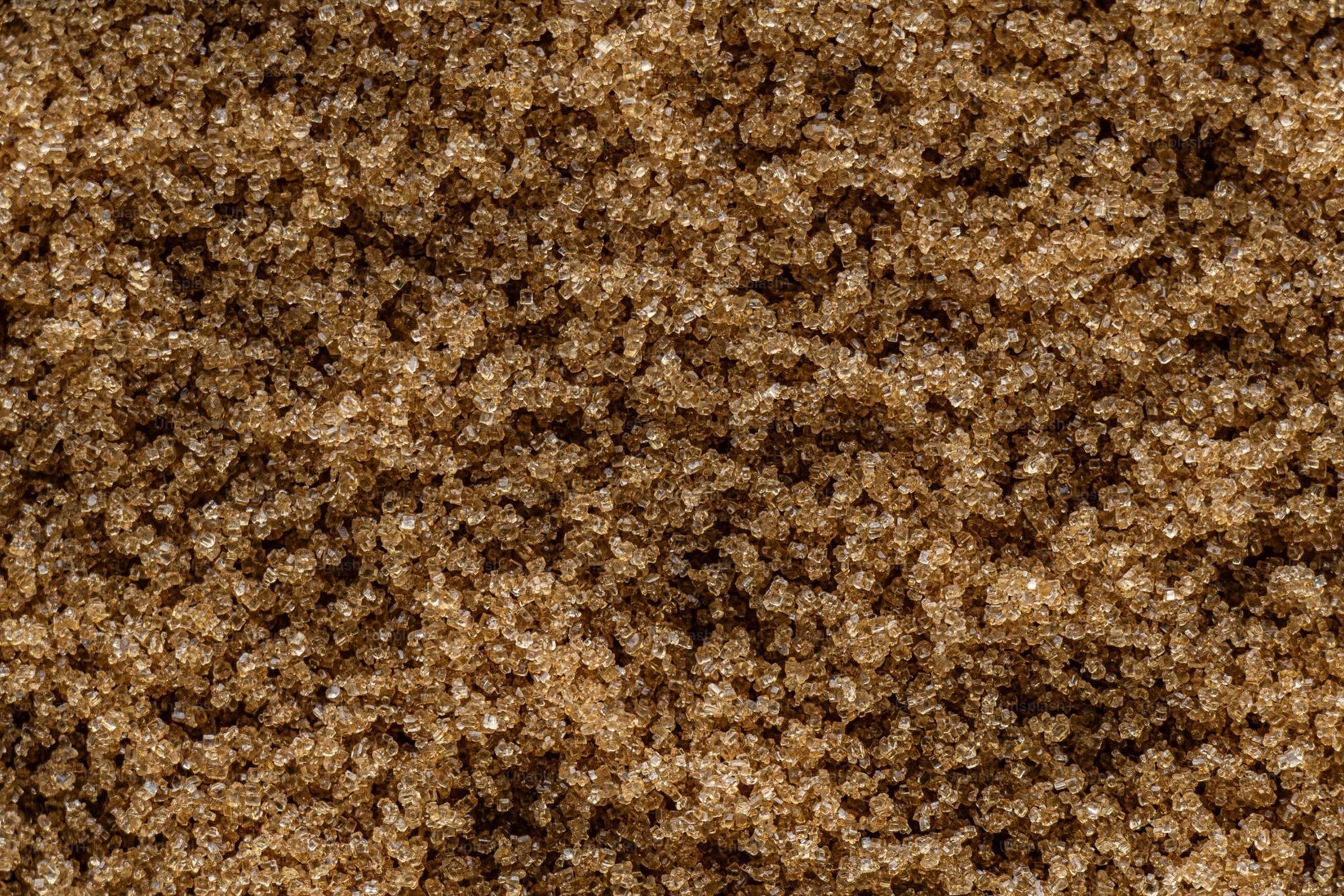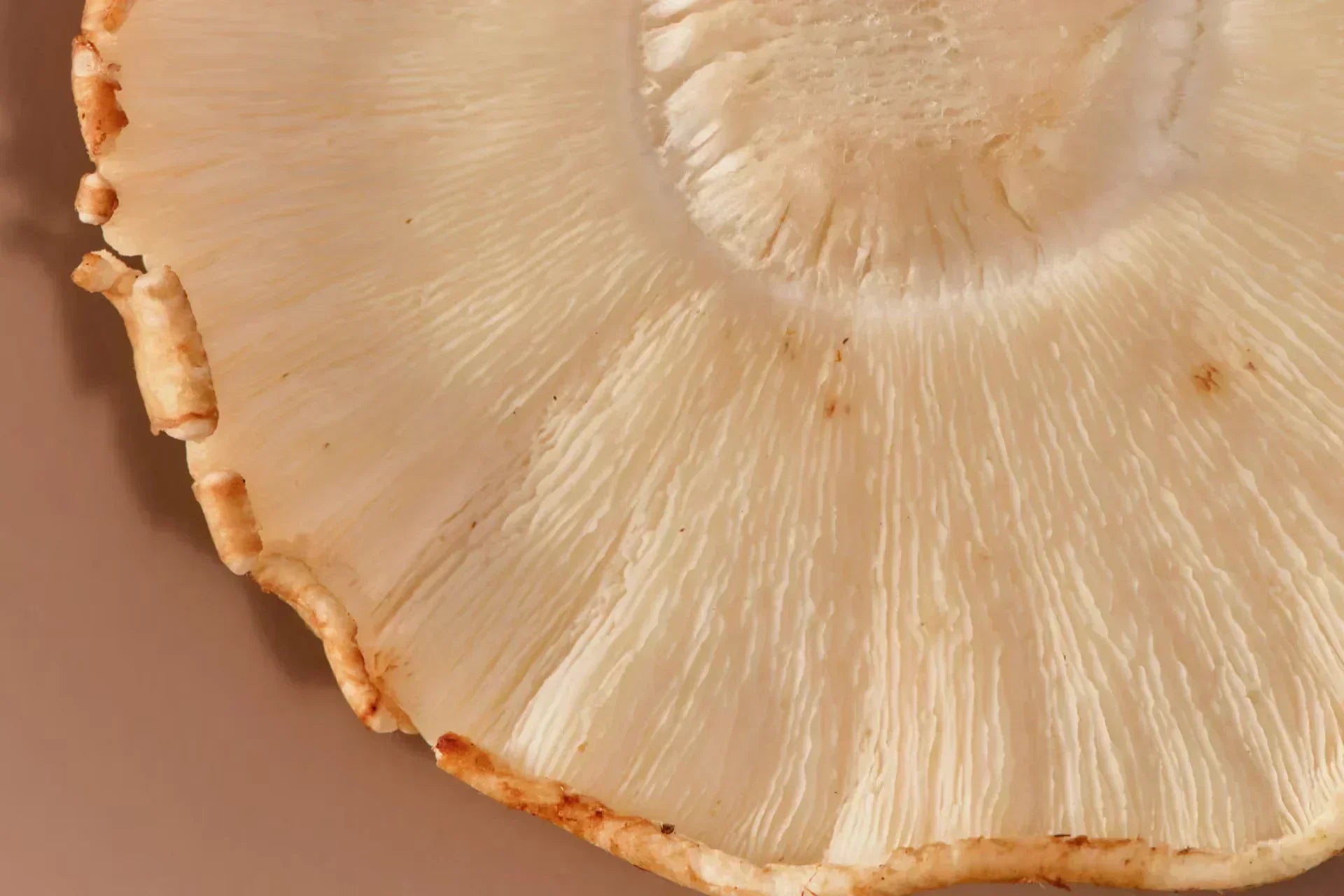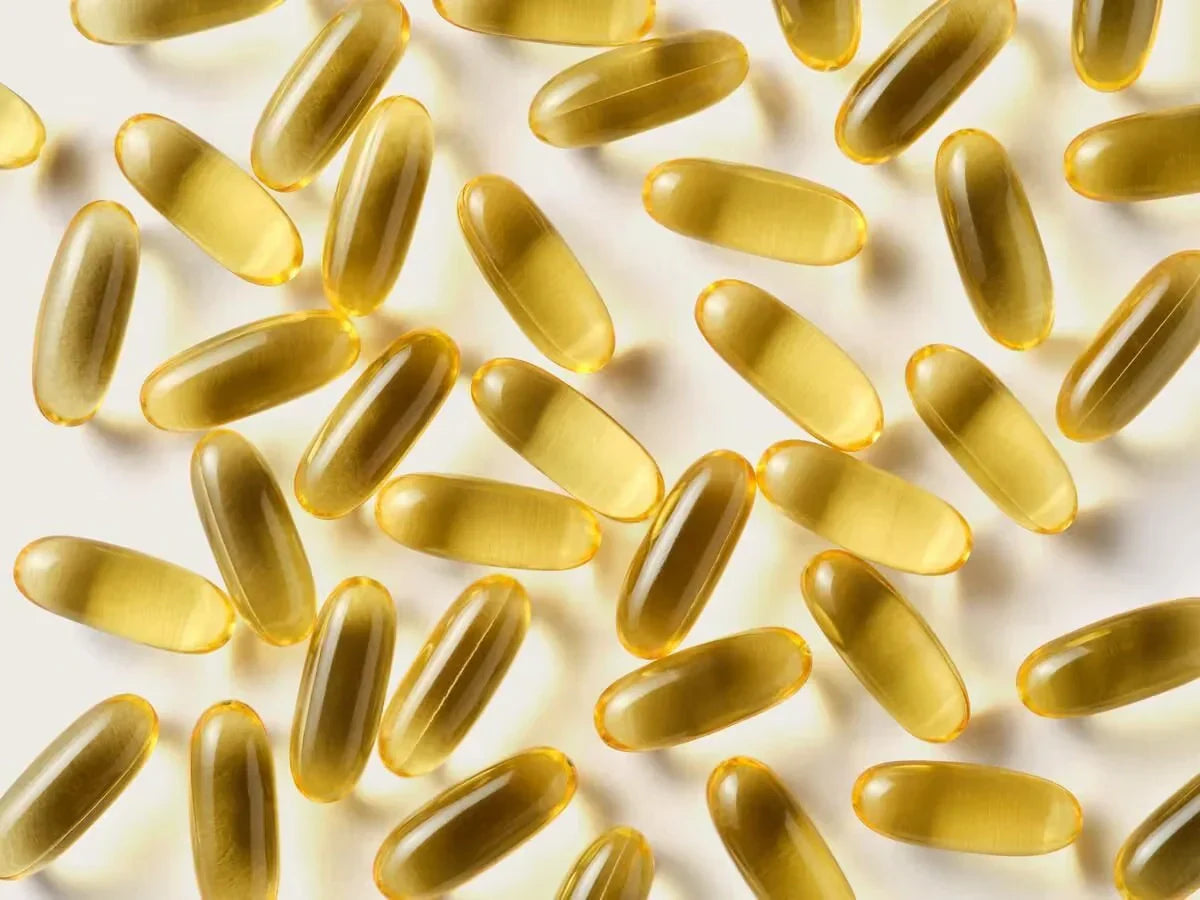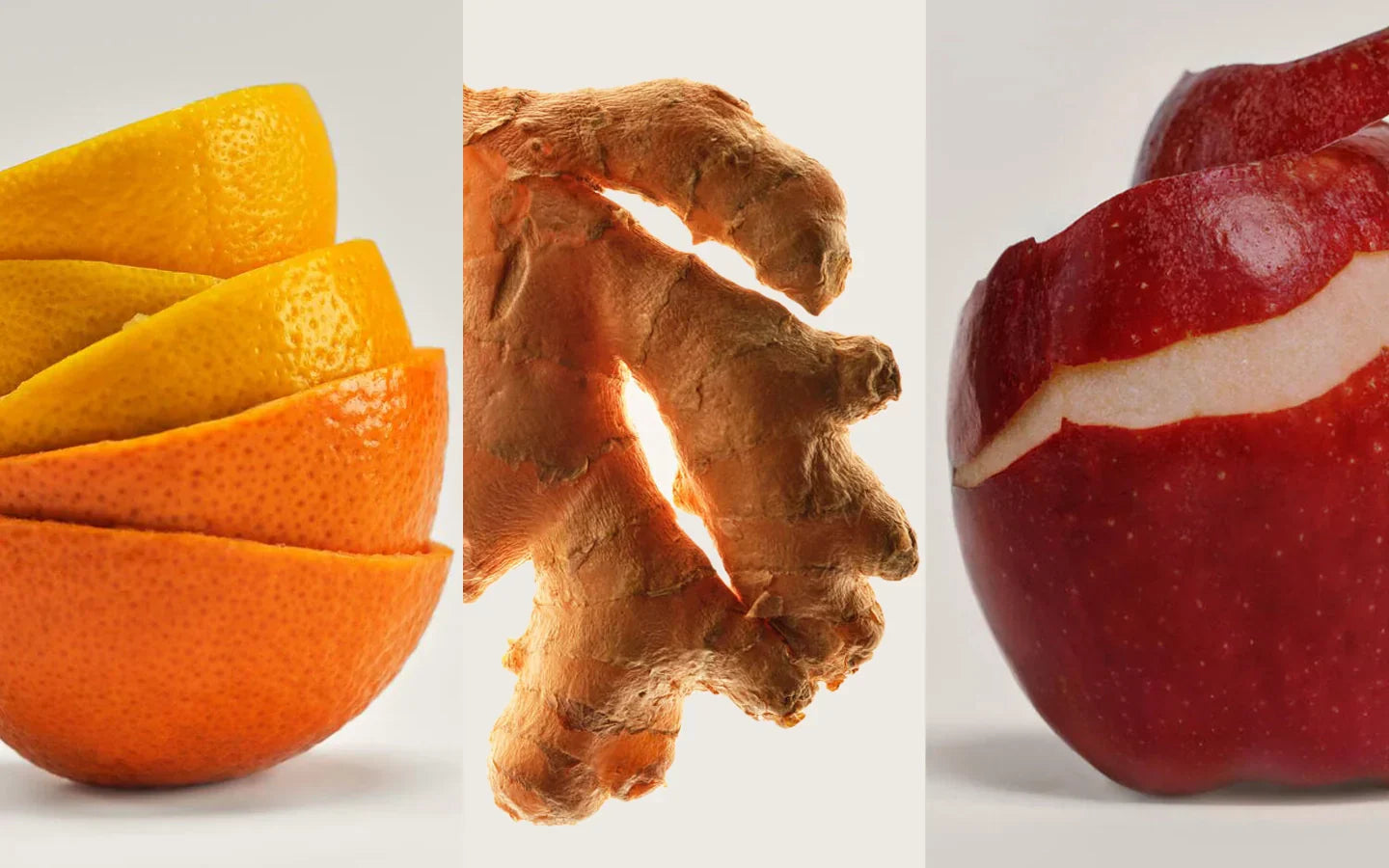砂糖の摂りすぎ注意!健康的な1日の適量と上手な減らし方

甘いものはつい手が伸びてしまいますよね。
でも「どれくらいなら大丈夫?」と気になる人も多いはず。
砂糖は体に必要なエネルギー源ですが、摂りすぎると肥満や生活習慣病のリスクに直結します。
ここでは 1日の適量 や 隠れた糖分の見分け方、そして実践しやすい 減らし方のコツ を紹介します。
糖とは?炭水化物との関係
糖は炭水化物🍚の一種。
炭水化物は「単糖類(ブドウ糖や果糖)」と「多糖類(デンプンなど)」に分けられます。最終的にどちらもブドウ糖に分解され、体のエネルギー源になります。
糖と健康:なぜ摂りすぎが問題なのか
糖はすぐにエネルギーになる反面、摂りすぎると余分なエネルギーが脂肪として蓄えられます。
さらに、長期間多くの糖を摂ると インスリン抵抗性 を招き、肥満や2型糖尿病のリスクが高まります。
👉 「砂糖=悪」ではなく、「摂りすぎが問題」という意識が大切です。
血糖値の基本
血糖値は、血液中のブドウ糖の濃度を示すもの。
甘いものや精製された炭水化物は血糖値を急上昇させ、その後急降下しやすいのが特徴です。
これが「食後すぐにお腹が空く」「甘いものがやめられない」原因のひとつ。
1日にどれくらいの糖が健康的?
WHOは、成人の糖摂取量を 1日50g以下 に抑えることを推奨しています。
これは、清涼飲料水500mlを1本飲むだけでオーバーしてしまう量。
なお、体に必要な糖は米やパンなどの炭水化物から自然に得られるので、砂糖を特別に摂る必要はありません。
白砂糖・黒糖・その他の違い
-
白砂糖:精製度が高く、シンプルな甘さ。
-
黒糖:ミネラルをわずかに含み、コクのある風味。
-
ココナッツシュガー・きび糖など:加工度が低く風味に特徴あり。
ただし、どれも糖分であることに変わりはなく「ヘルシーだからたくさん食べてもOK」というわけではありません🙅
糖の摂取を減らすコツ
-
甘い飲み物🥤を控える
-
加工食品🍕を避ける
-
主食は白米や精製小麦から玄米・全粒粉🌾へ
-
フルーツは糖分控えめのベリー類🍓や柑橘類🍊を選ぶ
👉 「完全にゼロにする」よりも「日常の選び方を工夫する」ことが続けやすいポイントです。
ひと目でわかるポイント
- ✅糖は大切なエネルギー源だが、摂りすぎは肥満や生活習慣病の原因に。
- ✅WHO推奨は「1日50g以下」。清涼飲料や加工食品に注意!
- ✅飲み物や主食の工夫、食品表示のチェックで自然に糖を減らせる。
Österreichische Agentur für Gesundheit und Ernährungssicherheit: So viel Zucker darf es sein, 2023
https://www.ages.at/mensch/ernaehrung-lebensmittel/ernaehrungsempfehlungen/who-zucker-empfehlungen#:~:text=F%C3%BCr%20einen%20durchschnittlichen%20Erwachsenen%20(bei,nach%20Alter%20und%20Geschlecht%20%E2%80%93%20geringer.
Verbraucherzentrale: Was ist eigentlich Zucker und wie viel darf es sein?, 2024
https://www.verbraucherzentrale.de/wissen/lebensmittel/kennzeichnung-und-inhaltsstoffe/was-ist-eigentlich-zucker-und-wie-viel-darf-es-sein-81607
Deutsche Gesellschaft für Ernährung (DGE): Nachhaligkeit – Akzente setzen für eine nachhaltige Gemeinschaftsverpflegung: Zuckergehalt
https://www.dge-sh.de/zuckergehalt.html
Deutsche Gesellschaft für Ernährung (DGE): Empfehlung zur maximalen Zuckerzufuhr in Deutschland, 2018
https://www.dge.de/presse/meldungen/pressearchiv-2011-2018/empfehlung-zur-maximalen-zuckerzufuhr-in-deutschland/
Bundeszentrum für Ernährung (BZfE): Zucker – Beliebtes Süßungsmittel in vielen Varianten, 2022
https://www.bzfe.de/lebensmittel/lebensmittelkunde/zucker/
Shiza Arshad, Ahniat Rehman, Summaya Saif u. a.: Replacement of refined sugar bei natural sweeteners: focus on potential health benefits, in: 50 Heliyon, September 2022
https://www.cell.com/heliyon/fulltext/S2405-8440(22)01999-5
Bundeszentrum für Ernährung (BZfE): Zucker bewusst genießen, 2022
https://www.bzfe.de/ernaehrung/ernaehrungsberatung/zucker-bewusst-geniessen/
Europäische Behörde für Lebensmittelsicherheit (efsa): Die Aufnahme von zugesetzten und freien Zuckern sollte so gering wie möglich sein, 2022
https://www.efsa.europa.eu/de/news/added-and-free-sugars-should-be-low-possible
Europäische Behörde für Lebensmittelsicherheit (efsa): PLS: Zulässige Höchstaufnahmemenge von Zucker in Lebensmitteln, 2022
https://www.efsa.europa.eu/de/plain-language-summary/tolerable-upper-intake-level-dietary-sugars
Anja Hellmann, Sebastian Ziller: Reduzierung des Zuckerkonsums für eine bessere Mundgesundheit – Welche Stragegien sind Erfolg versprechend? in: Bundesgesundheitsblatt – Gesundheitsforschung – Gesundheitsschutz, 2021
https://link.springer.com/article/10.1007/s00103-021-03349-2
Hwei-Ee Tan, Alexander C. Sisti, Hao Jin, Martin Vignovich u. a.: The gut-brain axis mediates sugar preference, in: Nature, 2020
https://www.nature.com/articles/s41586-020-2199-7
Djesia Arnone, Caroline Chabot, Anne-Charlotte Heba u. a.: Sugars and gastrointestinal Health, in: Clinical Gastroenterology and Hepatology, September 2022
https://www.cghjournal.org/article/S1542-3565(21)01305-7/fulltext
Xiao Ma, Fang Nan, Hantian Liang, Panyin Shu u. a.: Excessive intake of sugar: An accomplice of inflammation, in: Frontiers, 31. August 2022
https://www.frontiersin.org/journals/immunology/articles/10.3389/fimmu.2022.988481/full
P. Looks, M. Vogel, T. Goldbach, A Marx, F. Bauer: "Versteckte Zucker" – Entwicklung eines Projektes zur Stärkung der ernährungsbezogenen Gesundheitskompetenz, in: Thieme Zeitschrift für Gesundheitswesen, 2023
https://www.thieme-connect.com/products/ejournals/html/10.1055/s-0043-1762735
Vasanti S. Malik, Frank B. Hu: The role of sugar-sweetened beverages in the global epidemics of obesity und chronic diseases, in: Nature Reviews endocrinology, 2022
https://www.nature.com/articles/s41574-021-00627-6
Kerry M. Gillespie, Eva Kemps, Melanie J. White, Selena E. Barlett: The Impact of Free Sugar on Human Health – A Narrative Review, in: MDPI Nutrients, 2023
https://www.mdpi.com/2072-6643/15/4/889
砂糖の摂りすぎ注意!健康的な1日の適量と上手な減らし方

甘いものはつい手が伸びてしまいますよね。
でも「どれくらいなら大丈夫?」と気になる人も多いはず。
砂糖は体に必要なエネルギー源ですが、摂りすぎると肥満や生活習慣病のリスクに直結します。
ここでは 1日の適量 や 隠れた糖分の見分け方、そして実践しやすい 減らし方のコツ を紹介します。
糖とは?炭水化物との関係
糖は炭水化物🍚の一種。
炭水化物は「単糖類(ブドウ糖や果糖)」と「多糖類(デンプンなど)」に分けられます。最終的にどちらもブドウ糖に分解され、体のエネルギー源になります。
糖と健康:なぜ摂りすぎが問題なのか
糖はすぐにエネルギーになる反面、摂りすぎると余分なエネルギーが脂肪として蓄えられます。
さらに、長期間多くの糖を摂ると インスリン抵抗性 を招き、肥満や2型糖尿病のリスクが高まります。
👉 「砂糖=悪」ではなく、「摂りすぎが問題」という意識が大切です。
血糖値の基本
血糖値は、血液中のブドウ糖の濃度を示すもの。
甘いものや精製された炭水化物は血糖値を急上昇させ、その後急降下しやすいのが特徴です。
これが「食後すぐにお腹が空く」「甘いものがやめられない」原因のひとつ。
1日にどれくらいの糖が健康的?
WHOは、成人の糖摂取量を 1日50g以下 に抑えることを推奨しています。
これは、清涼飲料水500mlを1本飲むだけでオーバーしてしまう量。
なお、体に必要な糖は米やパンなどの炭水化物から自然に得られるので、砂糖を特別に摂る必要はありません。
白砂糖・黒糖・その他の違い
-
白砂糖:精製度が高く、シンプルな甘さ。
-
黒糖:ミネラルをわずかに含み、コクのある風味。
-
ココナッツシュガー・きび糖など:加工度が低く風味に特徴あり。
ただし、どれも糖分であることに変わりはなく「ヘルシーだからたくさん食べてもOK」というわけではありません🙅
糖の摂取を減らすコツ
-
甘い飲み物🥤を控える
-
加工食品🍕を避ける
-
主食は白米や精製小麦から玄米・全粒粉🌾へ
-
フルーツは糖分控えめのベリー類🍓や柑橘類🍊を選ぶ
👉 「完全にゼロにする」よりも「日常の選び方を工夫する」ことが続けやすいポイントです。
ひと目でわかるポイント
- ✅糖は大切なエネルギー源だが、摂りすぎは肥満や生活習慣病の原因に。
- ✅WHO推奨は「1日50g以下」。清涼飲料や加工食品に注意!
- ✅飲み物や主食の工夫、食品表示のチェックで自然に糖を減らせる。
Österreichische Agentur für Gesundheit und Ernährungssicherheit: So viel Zucker darf es sein, 2023
https://www.ages.at/mensch/ernaehrung-lebensmittel/ernaehrungsempfehlungen/who-zucker-empfehlungen#:~:text=F%C3%BCr%20einen%20durchschnittlichen%20Erwachsenen%20(bei,nach%20Alter%20und%20Geschlecht%20%E2%80%93%20geringer.
Verbraucherzentrale: Was ist eigentlich Zucker und wie viel darf es sein?, 2024
https://www.verbraucherzentrale.de/wissen/lebensmittel/kennzeichnung-und-inhaltsstoffe/was-ist-eigentlich-zucker-und-wie-viel-darf-es-sein-81607
Deutsche Gesellschaft für Ernährung (DGE): Nachhaligkeit – Akzente setzen für eine nachhaltige Gemeinschaftsverpflegung: Zuckergehalt
https://www.dge-sh.de/zuckergehalt.html
Deutsche Gesellschaft für Ernährung (DGE): Empfehlung zur maximalen Zuckerzufuhr in Deutschland, 2018
https://www.dge.de/presse/meldungen/pressearchiv-2011-2018/empfehlung-zur-maximalen-zuckerzufuhr-in-deutschland/
Bundeszentrum für Ernährung (BZfE): Zucker – Beliebtes Süßungsmittel in vielen Varianten, 2022
https://www.bzfe.de/lebensmittel/lebensmittelkunde/zucker/
Shiza Arshad, Ahniat Rehman, Summaya Saif u. a.: Replacement of refined sugar bei natural sweeteners: focus on potential health benefits, in: 50 Heliyon, September 2022
https://www.cell.com/heliyon/fulltext/S2405-8440(22)01999-5
Bundeszentrum für Ernährung (BZfE): Zucker bewusst genießen, 2022
https://www.bzfe.de/ernaehrung/ernaehrungsberatung/zucker-bewusst-geniessen/
Europäische Behörde für Lebensmittelsicherheit (efsa): Die Aufnahme von zugesetzten und freien Zuckern sollte so gering wie möglich sein, 2022
https://www.efsa.europa.eu/de/news/added-and-free-sugars-should-be-low-possible
Europäische Behörde für Lebensmittelsicherheit (efsa): PLS: Zulässige Höchstaufnahmemenge von Zucker in Lebensmitteln, 2022
https://www.efsa.europa.eu/de/plain-language-summary/tolerable-upper-intake-level-dietary-sugars
Anja Hellmann, Sebastian Ziller: Reduzierung des Zuckerkonsums für eine bessere Mundgesundheit – Welche Stragegien sind Erfolg versprechend? in: Bundesgesundheitsblatt – Gesundheitsforschung – Gesundheitsschutz, 2021
https://link.springer.com/article/10.1007/s00103-021-03349-2
Hwei-Ee Tan, Alexander C. Sisti, Hao Jin, Martin Vignovich u. a.: The gut-brain axis mediates sugar preference, in: Nature, 2020
https://www.nature.com/articles/s41586-020-2199-7
Djesia Arnone, Caroline Chabot, Anne-Charlotte Heba u. a.: Sugars and gastrointestinal Health, in: Clinical Gastroenterology and Hepatology, September 2022
https://www.cghjournal.org/article/S1542-3565(21)01305-7/fulltext
Xiao Ma, Fang Nan, Hantian Liang, Panyin Shu u. a.: Excessive intake of sugar: An accomplice of inflammation, in: Frontiers, 31. August 2022
https://www.frontiersin.org/journals/immunology/articles/10.3389/fimmu.2022.988481/full
P. Looks, M. Vogel, T. Goldbach, A Marx, F. Bauer: "Versteckte Zucker" – Entwicklung eines Projektes zur Stärkung der ernährungsbezogenen Gesundheitskompetenz, in: Thieme Zeitschrift für Gesundheitswesen, 2023
https://www.thieme-connect.com/products/ejournals/html/10.1055/s-0043-1762735
Vasanti S. Malik, Frank B. Hu: The role of sugar-sweetened beverages in the global epidemics of obesity und chronic diseases, in: Nature Reviews endocrinology, 2022
https://www.nature.com/articles/s41574-021-00627-6
Kerry M. Gillespie, Eva Kemps, Melanie J. White, Selena E. Barlett: The Impact of Free Sugar on Human Health – A Narrative Review, in: MDPI Nutrients, 2023
https://www.mdpi.com/2072-6643/15/4/889
砂糖の摂りすぎ注意!健康的な1日の適量と上手な減らし方

甘いものはつい手が伸びてしまいますよね。
でも「どれくらいなら大丈夫?」と気になる人も多いはず。
砂糖は体に必要なエネルギー源ですが、摂りすぎると肥満や生活習慣病のリスクに直結します。
ここでは 1日の適量 や 隠れた糖分の見分け方、そして実践しやすい 減らし方のコツ を紹介します。
糖とは?炭水化物との関係
糖は炭水化物🍚の一種。
炭水化物は「単糖類(ブドウ糖や果糖)」と「多糖類(デンプンなど)」に分けられます。最終的にどちらもブドウ糖に分解され、体のエネルギー源になります。
糖と健康:なぜ摂りすぎが問題なのか
糖はすぐにエネルギーになる反面、摂りすぎると余分なエネルギーが脂肪として蓄えられます。
さらに、長期間多くの糖を摂ると インスリン抵抗性 を招き、肥満や2型糖尿病のリスクが高まります。
👉 「砂糖=悪」ではなく、「摂りすぎが問題」という意識が大切です。
血糖値の基本
血糖値は、血液中のブドウ糖の濃度を示すもの。
甘いものや精製された炭水化物は血糖値を急上昇させ、その後急降下しやすいのが特徴です。
これが「食後すぐにお腹が空く」「甘いものがやめられない」原因のひとつ。
1日にどれくらいの糖が健康的?
WHOは、成人の糖摂取量を 1日50g以下 に抑えることを推奨しています。
これは、清涼飲料水500mlを1本飲むだけでオーバーしてしまう量。
なお、体に必要な糖は米やパンなどの炭水化物から自然に得られるので、砂糖を特別に摂る必要はありません。
白砂糖・黒糖・その他の違い
-
白砂糖:精製度が高く、シンプルな甘さ。
-
黒糖:ミネラルをわずかに含み、コクのある風味。
-
ココナッツシュガー・きび糖など:加工度が低く風味に特徴あり。
ただし、どれも糖分であることに変わりはなく「ヘルシーだからたくさん食べてもOK」というわけではありません🙅
糖の摂取を減らすコツ
-
甘い飲み物🥤を控える
-
加工食品🍕を避ける
-
主食は白米や精製小麦から玄米・全粒粉🌾へ
-
フルーツは糖分控えめのベリー類🍓や柑橘類🍊を選ぶ
👉 「完全にゼロにする」よりも「日常の選び方を工夫する」ことが続けやすいポイントです。
ひと目でわかるポイント
- ✅糖は大切なエネルギー源だが、摂りすぎは肥満や生活習慣病の原因に。
- ✅WHO推奨は「1日50g以下」。清涼飲料や加工食品に注意!
- ✅飲み物や主食の工夫、食品表示のチェックで自然に糖を減らせる。
Österreichische Agentur für Gesundheit und Ernährungssicherheit: So viel Zucker darf es sein, 2023
https://www.ages.at/mensch/ernaehrung-lebensmittel/ernaehrungsempfehlungen/who-zucker-empfehlungen#:~:text=F%C3%BCr%20einen%20durchschnittlichen%20Erwachsenen%20(bei,nach%20Alter%20und%20Geschlecht%20%E2%80%93%20geringer.
Verbraucherzentrale: Was ist eigentlich Zucker und wie viel darf es sein?, 2024
https://www.verbraucherzentrale.de/wissen/lebensmittel/kennzeichnung-und-inhaltsstoffe/was-ist-eigentlich-zucker-und-wie-viel-darf-es-sein-81607
Deutsche Gesellschaft für Ernährung (DGE): Nachhaligkeit – Akzente setzen für eine nachhaltige Gemeinschaftsverpflegung: Zuckergehalt
https://www.dge-sh.de/zuckergehalt.html
Deutsche Gesellschaft für Ernährung (DGE): Empfehlung zur maximalen Zuckerzufuhr in Deutschland, 2018
https://www.dge.de/presse/meldungen/pressearchiv-2011-2018/empfehlung-zur-maximalen-zuckerzufuhr-in-deutschland/
Bundeszentrum für Ernährung (BZfE): Zucker – Beliebtes Süßungsmittel in vielen Varianten, 2022
https://www.bzfe.de/lebensmittel/lebensmittelkunde/zucker/
Shiza Arshad, Ahniat Rehman, Summaya Saif u. a.: Replacement of refined sugar bei natural sweeteners: focus on potential health benefits, in: 50 Heliyon, September 2022
https://www.cell.com/heliyon/fulltext/S2405-8440(22)01999-5
Bundeszentrum für Ernährung (BZfE): Zucker bewusst genießen, 2022
https://www.bzfe.de/ernaehrung/ernaehrungsberatung/zucker-bewusst-geniessen/
Europäische Behörde für Lebensmittelsicherheit (efsa): Die Aufnahme von zugesetzten und freien Zuckern sollte so gering wie möglich sein, 2022
https://www.efsa.europa.eu/de/news/added-and-free-sugars-should-be-low-possible
Europäische Behörde für Lebensmittelsicherheit (efsa): PLS: Zulässige Höchstaufnahmemenge von Zucker in Lebensmitteln, 2022
https://www.efsa.europa.eu/de/plain-language-summary/tolerable-upper-intake-level-dietary-sugars
Anja Hellmann, Sebastian Ziller: Reduzierung des Zuckerkonsums für eine bessere Mundgesundheit – Welche Stragegien sind Erfolg versprechend? in: Bundesgesundheitsblatt – Gesundheitsforschung – Gesundheitsschutz, 2021
https://link.springer.com/article/10.1007/s00103-021-03349-2
Hwei-Ee Tan, Alexander C. Sisti, Hao Jin, Martin Vignovich u. a.: The gut-brain axis mediates sugar preference, in: Nature, 2020
https://www.nature.com/articles/s41586-020-2199-7
Djesia Arnone, Caroline Chabot, Anne-Charlotte Heba u. a.: Sugars and gastrointestinal Health, in: Clinical Gastroenterology and Hepatology, September 2022
https://www.cghjournal.org/article/S1542-3565(21)01305-7/fulltext
Xiao Ma, Fang Nan, Hantian Liang, Panyin Shu u. a.: Excessive intake of sugar: An accomplice of inflammation, in: Frontiers, 31. August 2022
https://www.frontiersin.org/journals/immunology/articles/10.3389/fimmu.2022.988481/full
P. Looks, M. Vogel, T. Goldbach, A Marx, F. Bauer: "Versteckte Zucker" – Entwicklung eines Projektes zur Stärkung der ernährungsbezogenen Gesundheitskompetenz, in: Thieme Zeitschrift für Gesundheitswesen, 2023
https://www.thieme-connect.com/products/ejournals/html/10.1055/s-0043-1762735
Vasanti S. Malik, Frank B. Hu: The role of sugar-sweetened beverages in the global epidemics of obesity und chronic diseases, in: Nature Reviews endocrinology, 2022
https://www.nature.com/articles/s41574-021-00627-6
Kerry M. Gillespie, Eva Kemps, Melanie J. White, Selena E. Barlett: The Impact of Free Sugar on Human Health – A Narrative Review, in: MDPI Nutrients, 2023
https://www.mdpi.com/2072-6643/15/4/889
















